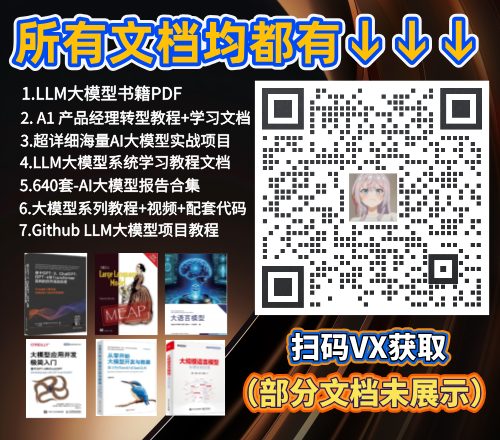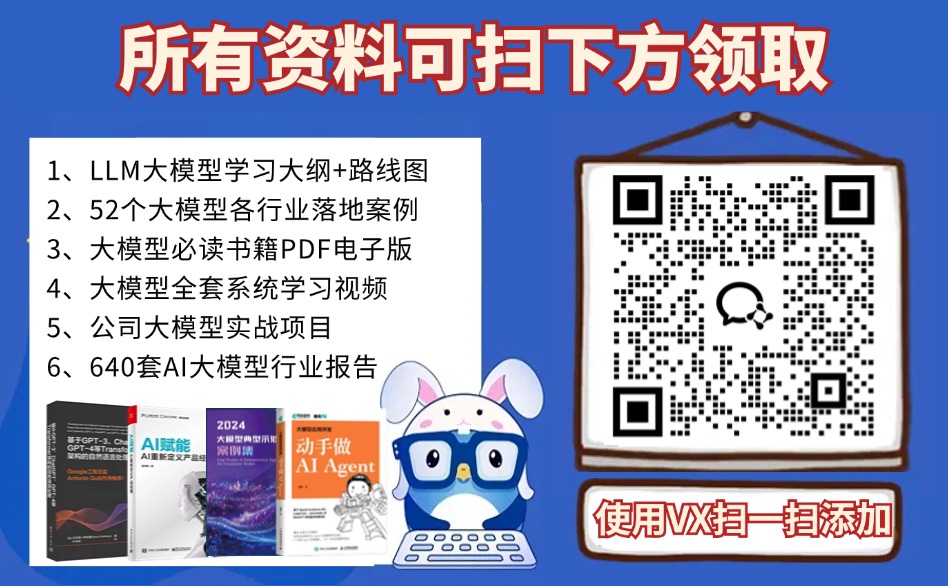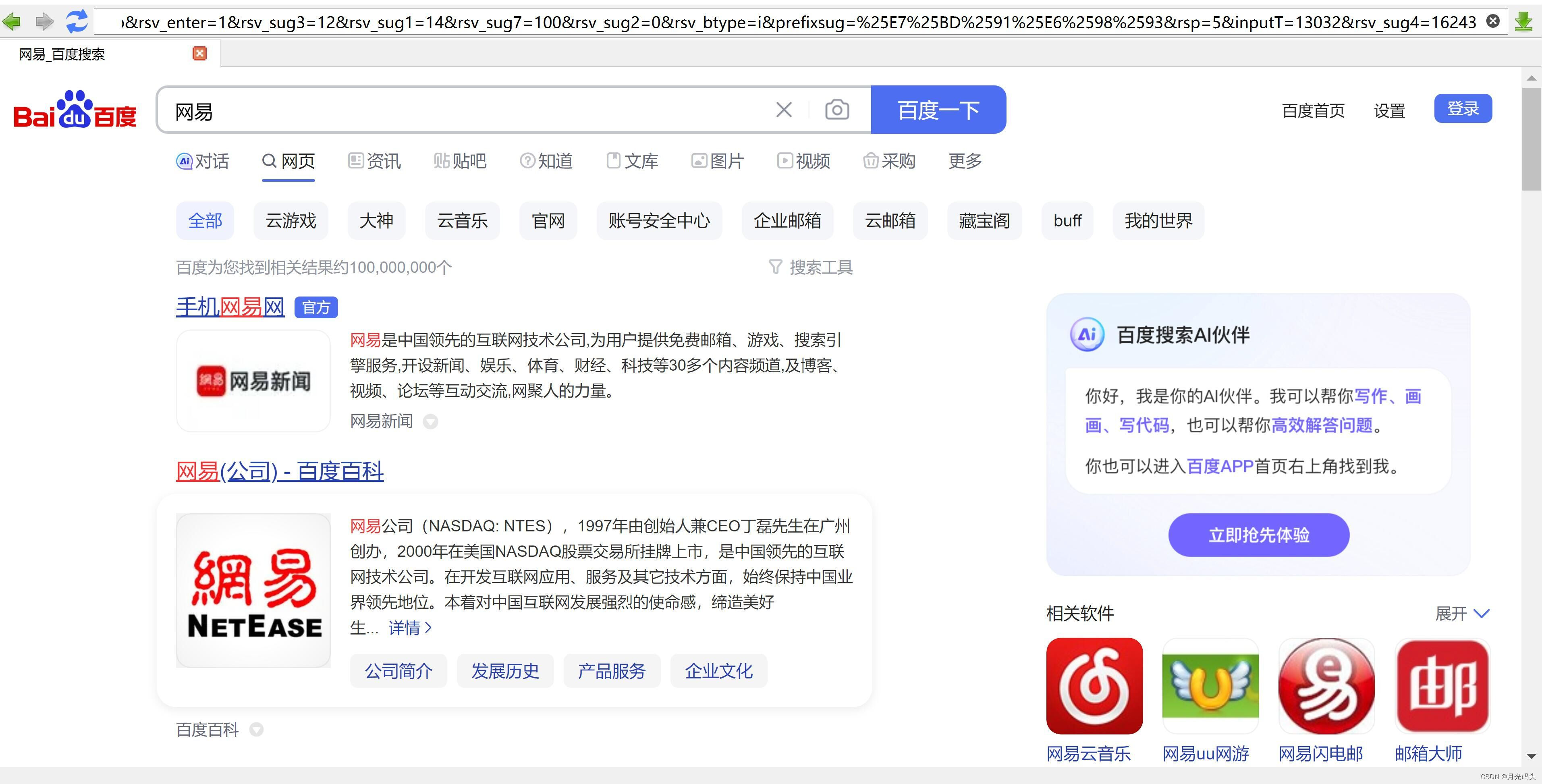13.System entities and interfaces 系统实体和接口
See also Clause 4 for a discussion on general concepts and Clause 5 for generic entity
model.
参见条目 4 讨论总体概念、条目 5 通用实体模型。
An entity specification should specify the embodied functions and the relevant interfaces.The main system entities are: Customer_Information_System, Point_Of_Sale, Meter, Token and Users of the system. The interfaces between these entities allow data and information to be exchanged between them.
一个实体说明应该明确实现的功能和相关的接口。系统主要实体包括: CIS(用户_信息_系
统), 售电点;表计, Token 字和系统用户。接口允许这些个体之间进行数据和信息的交换。
Examples of typical interfaces are:典型接口事例:
a payment meter user interface allows a user to interact with the payment meter. Elements of such an interface are typically: displays (LCD, LED, labels, markings), buttons and levers;
付费表计用户接口允许用户与预付费表计互相影响,相互作用。这个典型接口元素包括: 显
示(LCD, LED, 标签, 标号), 按钮和手柄;
a physical token carrier interface on the payment meter allows tokens to be manually
transferred from the POS to the payment meter (keypad, magnetic card reader, memory
key devices, etc);
付费表计的 Token 物理载体接口允许 Tokens 手工从 POS 转移到预付费表计(键盘, 磁卡
读卡器, 存储键, 等等);
a virtual token carrier interface on the payment meter allows tokens to be directly transferred from the POS or CIS to the payment meter. (PLC modem, PSTN modem,GPRS modem, radio modem, LAN, WAN, Blue Tooth, etc).
付费表计的虚拟Token载体接口允许Tokens直接地是从POS 或CIS传送给预付费表计。
(PLC 调制解调器, PSTN 调制解调器, GPRS 调制解调器、无线电调制解调器、LAN 、WAN 、
蓝牙, 等)
An interface specification specifies an application layer protocol and a physical layer protocol,with possible intermediate layers.
接口要明确说明应用层协议和物理层协议, 以及可能的中间数个层次。
The application layer specifies the functions or services it provides and the data elements (APDU) that are moved across the interface. See also 11.16, Data_Exchange function. Other functional interfaces like the terminal arrangement for connection of the meter onto the distribution network is covered under the specification for the meter (see 13.7,Payment_Meter).
应用层要说明它所要提供的服务和功能以及贯穿整个接口的数据元素(APDU),参见11.16,
数据交换功能。其它功能接口例如终表计连接分布式网络的端子设置应该在表计说明中包括
(参见 13.7, 预付费电表) 。
13.1 CIS Customer_Information_System 客户_信息_系统
The CIS records customer information and is the primary point in the system where such
information is captured and maintained.
CIS 记录客户信息和在系统信息需要获取和维护的要点。
These systems may vary from small stand-alone database applications (CIS and POS functions integrated in one unit) to large enterprise financial systems.
这些系统可能从小型独立数据库应用程序(CIS和POS功能集成在一个单元中)到大型企业财务系统各不相同。
CIS specifications should define the functions it provides, data elements it operates on and
the interfaces it provides.
CIS 说明书应该解释它提供的功能, 操作的数据元素和提供的接口。
13.2 CIS_to_POS_Interface CIS_to_POS_接口
This interface allows for the exchange of data between the CIS and the POS. Normally, customer data, financial data and system configuration data will be transferred from the CIS to the POS, while transaction data will be transferred from the POS to the CIS or to an accounting system.
这个接口考虑到 CIS 和 POS 之间数据交换。通常, 顾客数据、财务数据和系统配置数据从 CIS传送给 POS, 而交易数据从 POS 传送给 CIS 或会计系统。
Examples of application layer functions are shown in the following table.
应用层功能事例参见如下表格
Table 12 – Examples of application layer functions
表 12 – 应用层事例



















